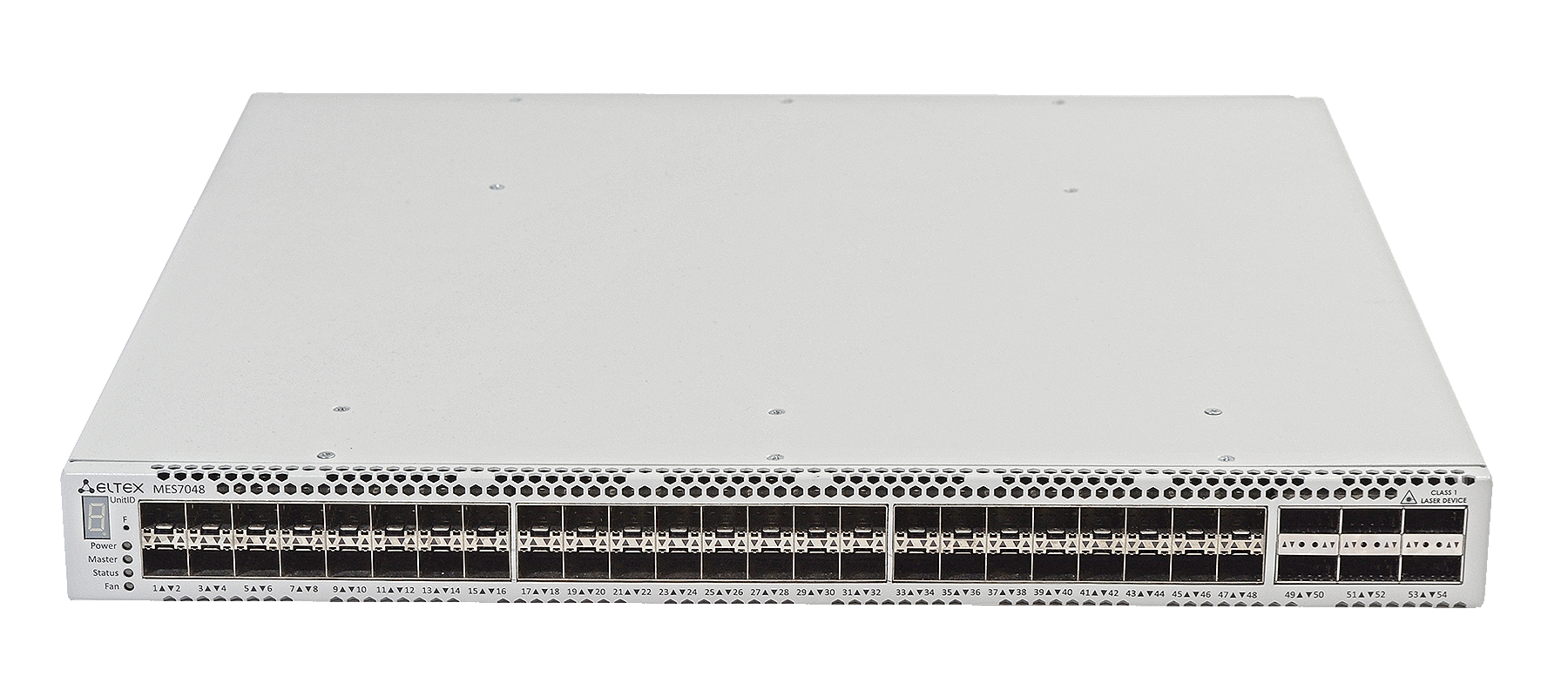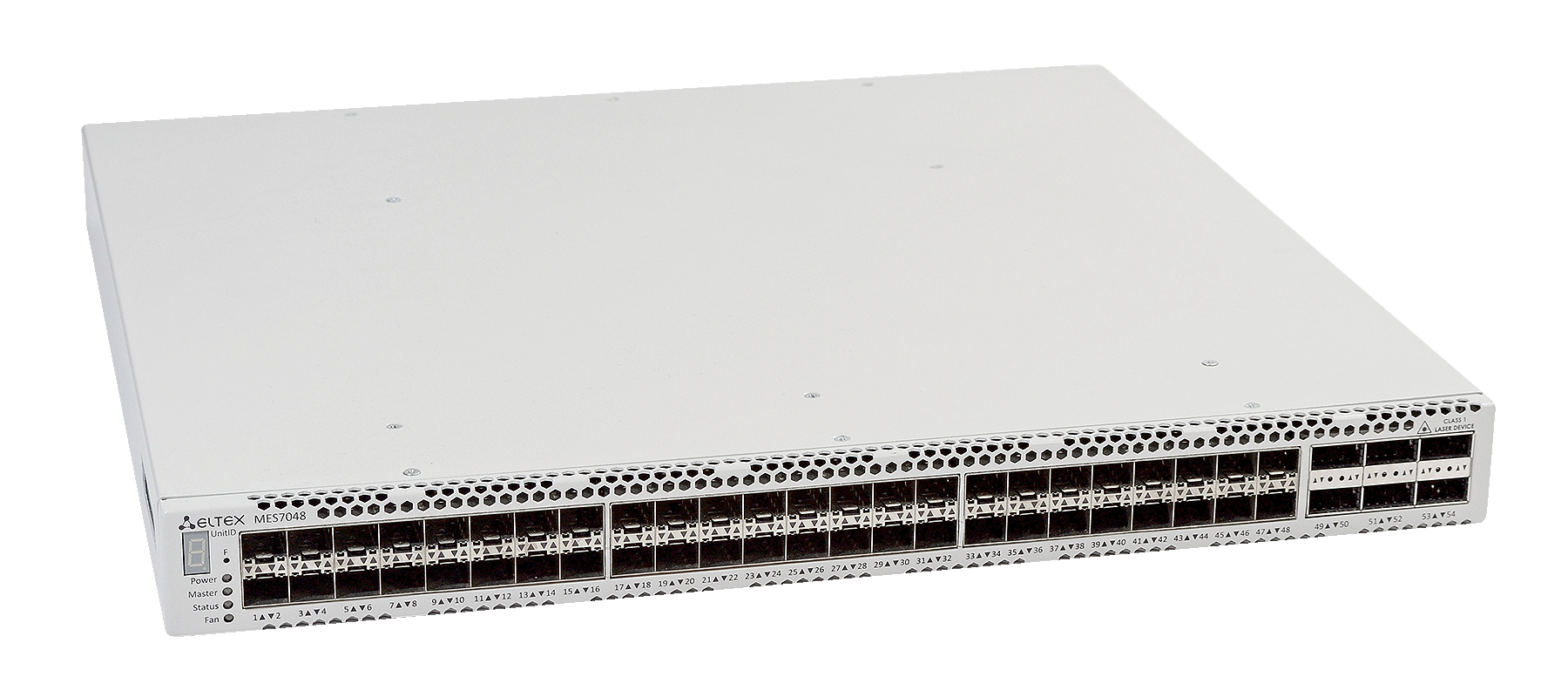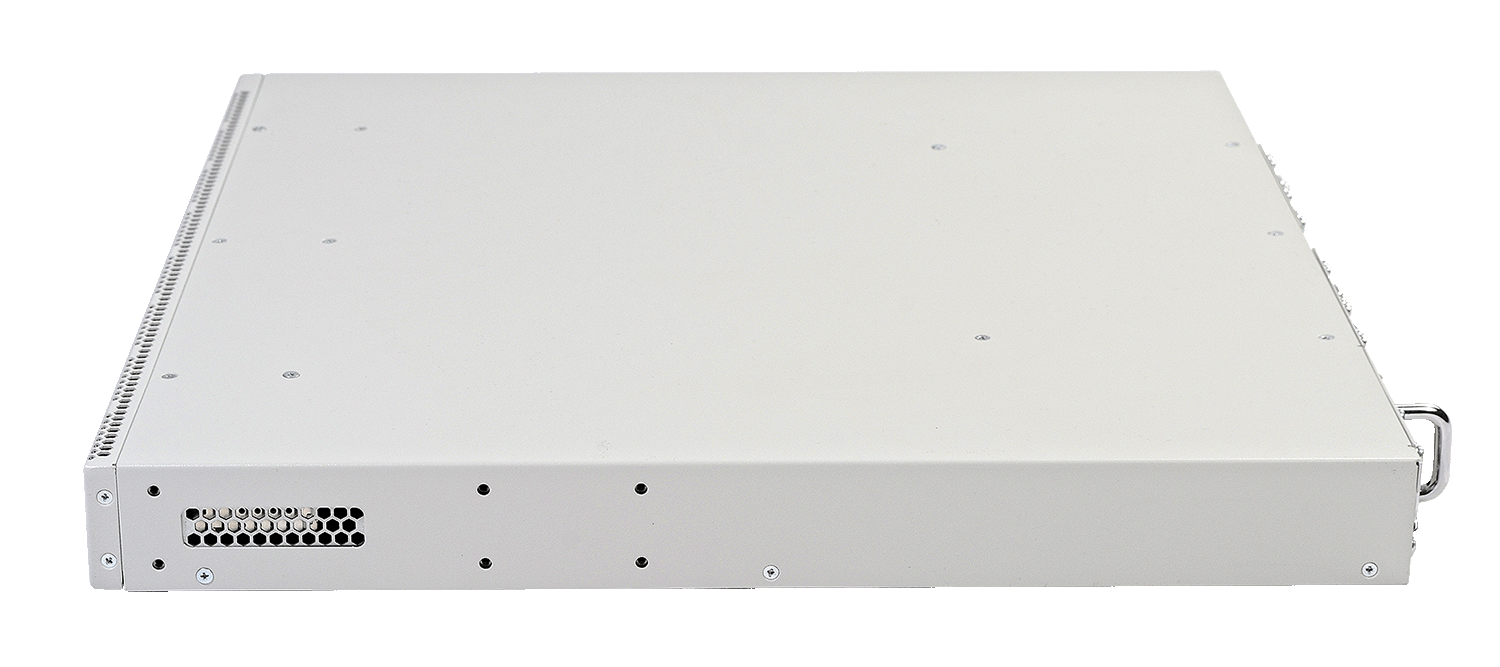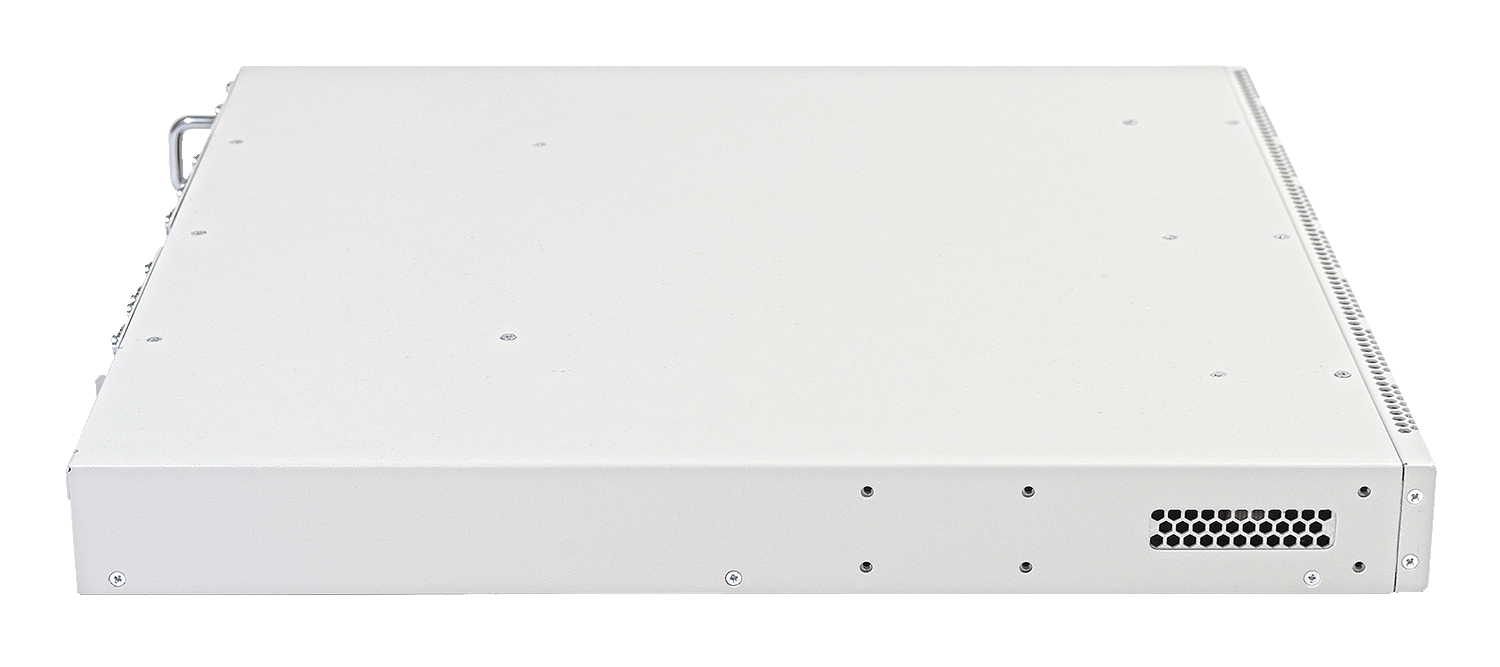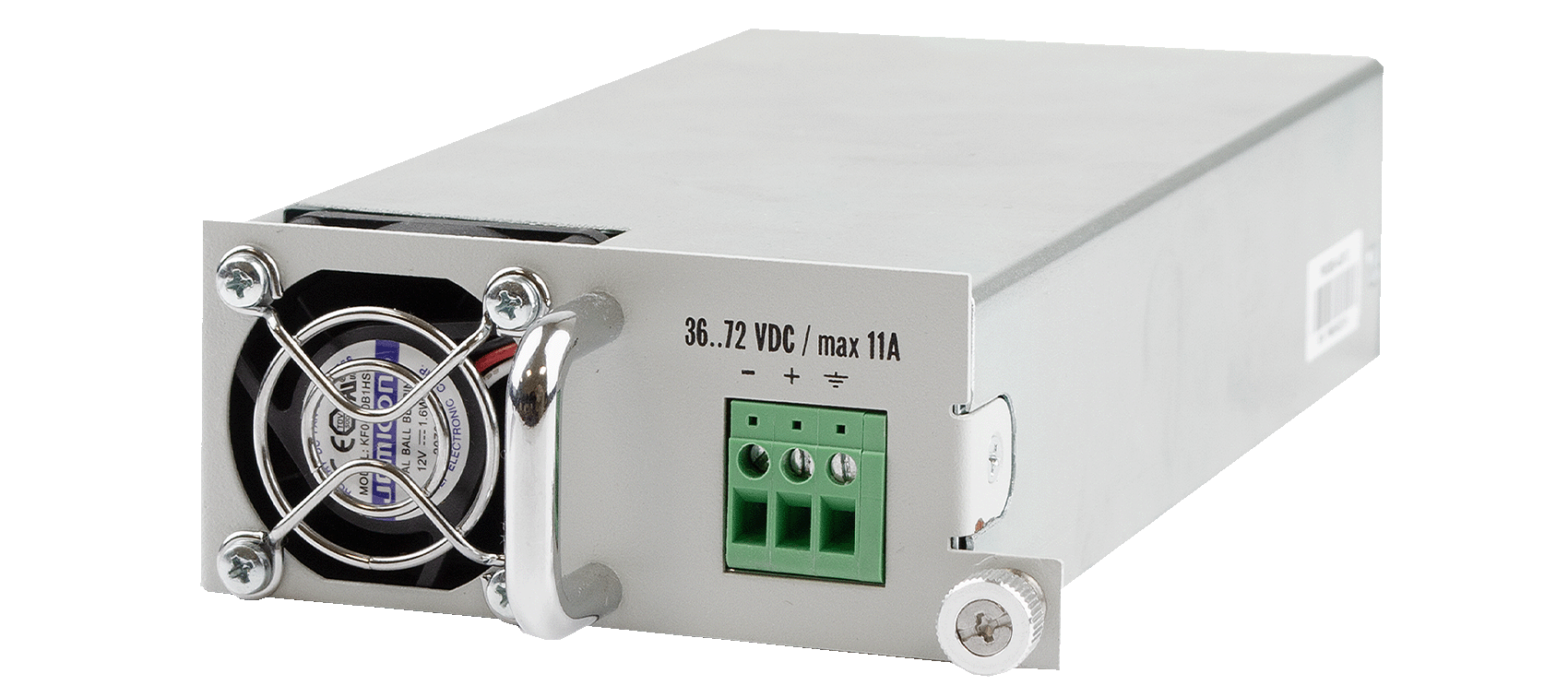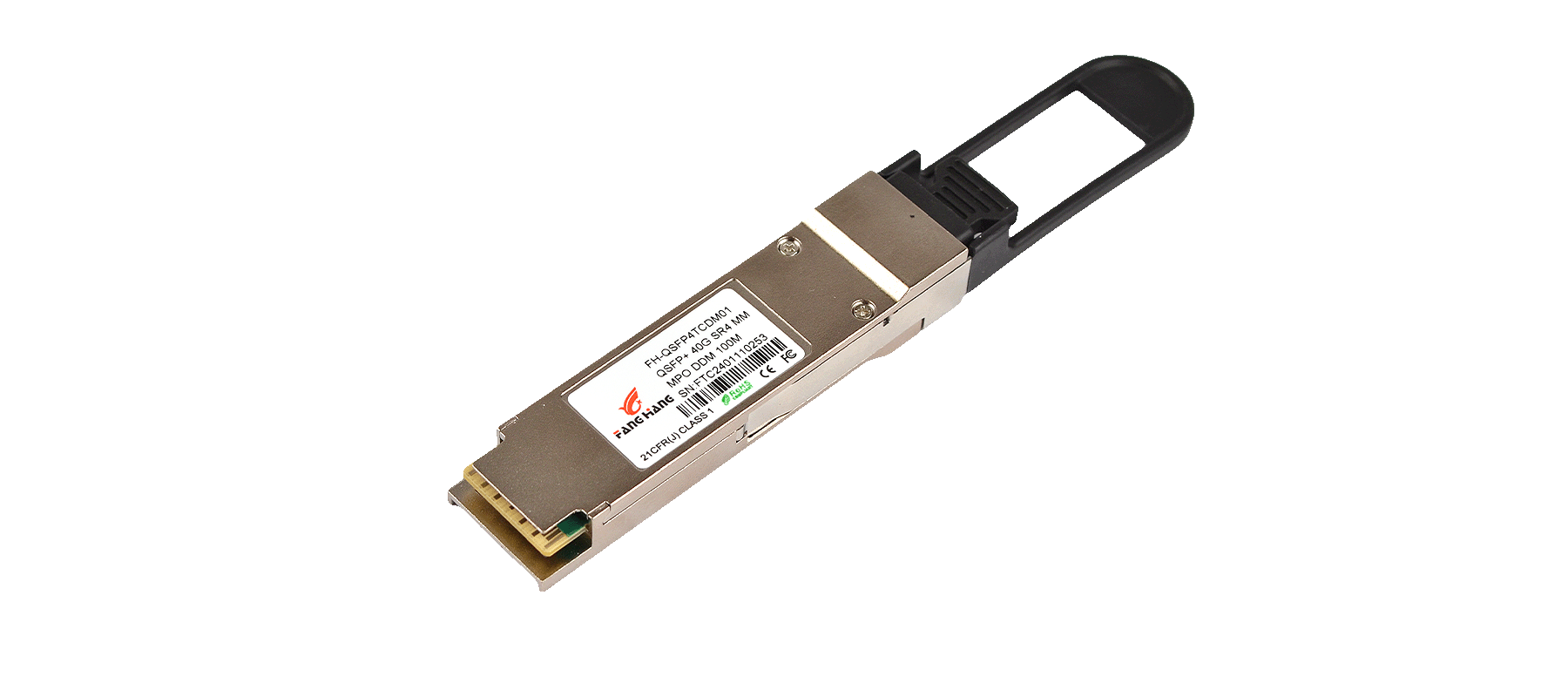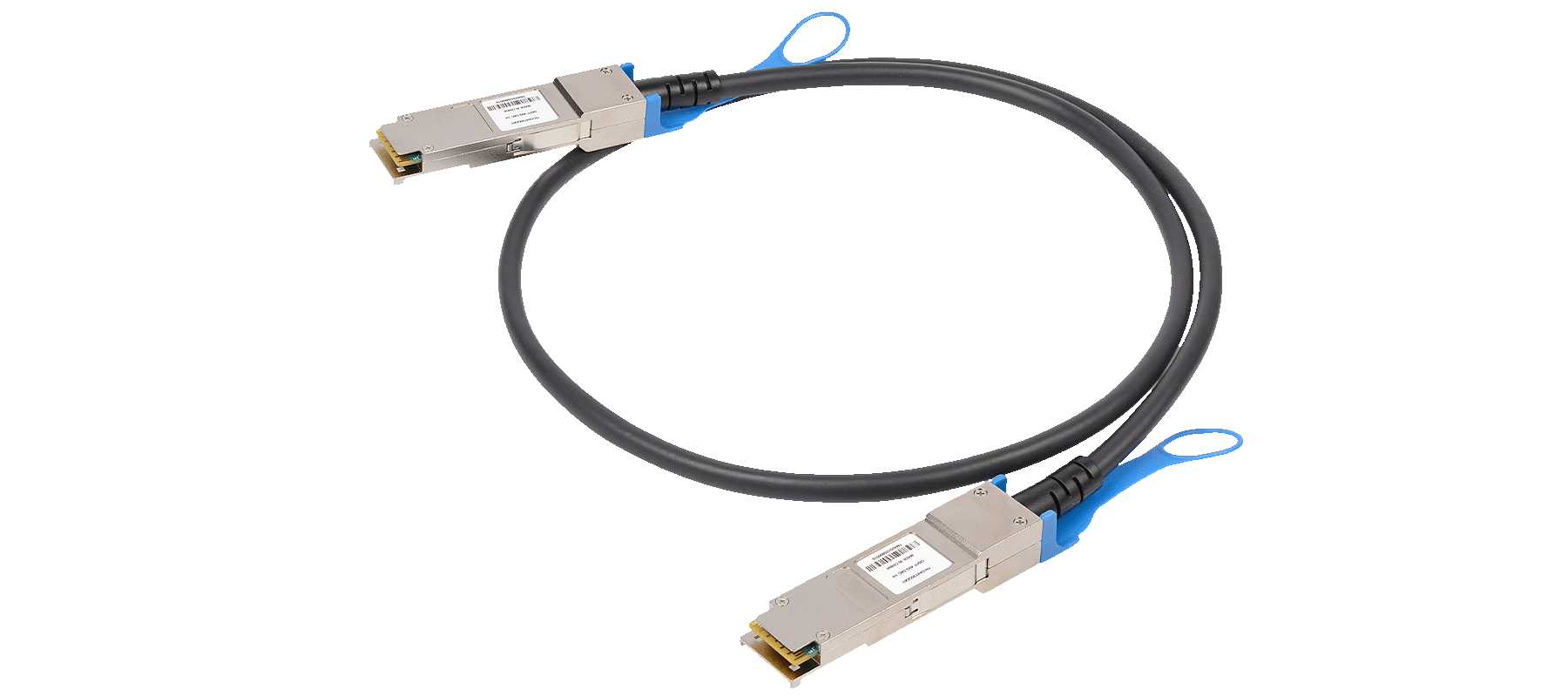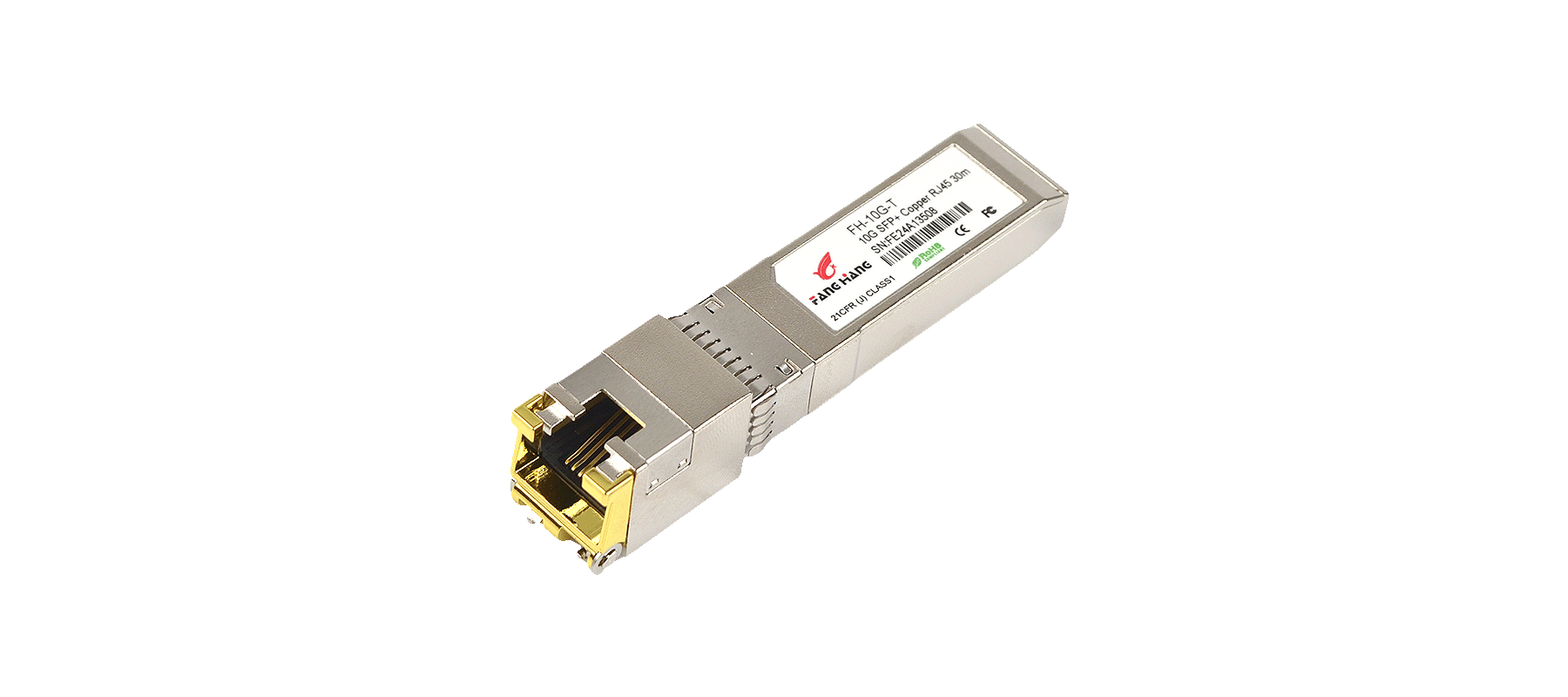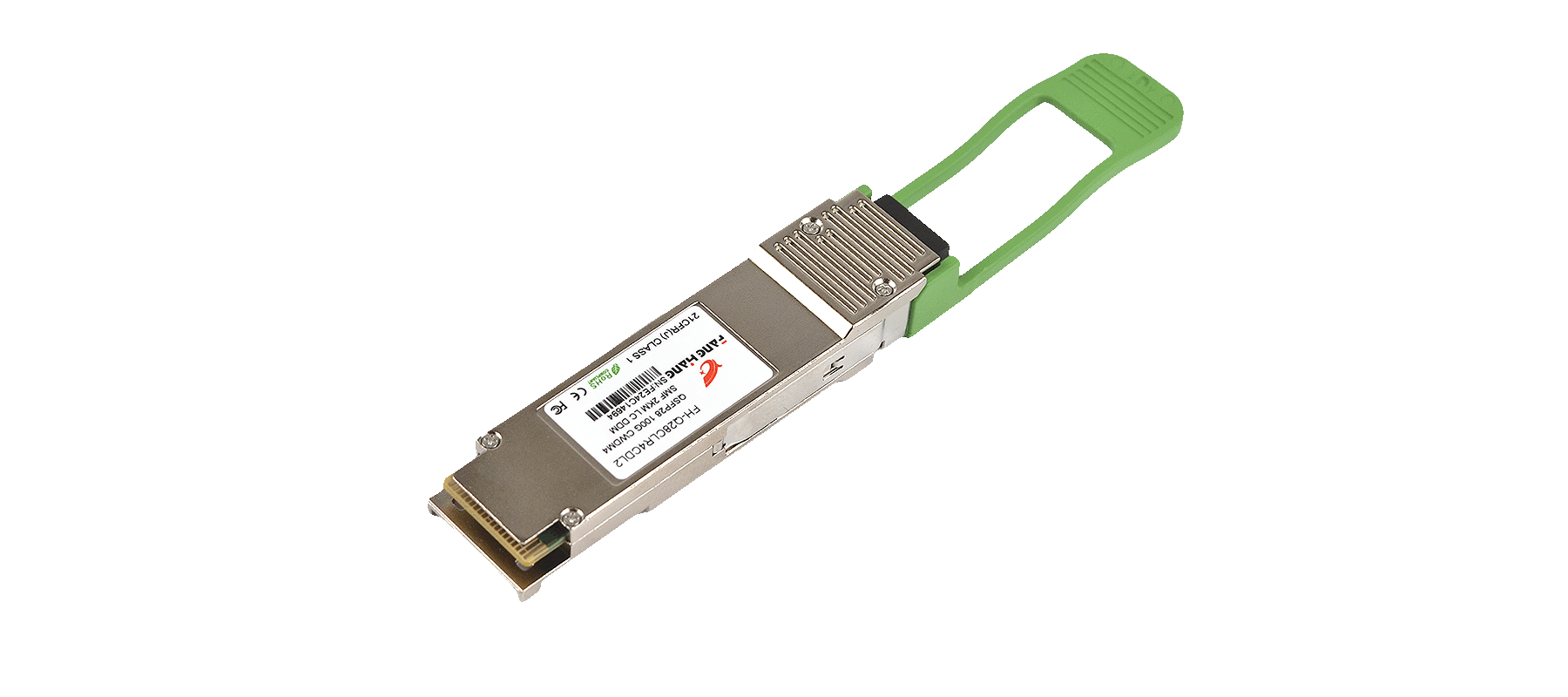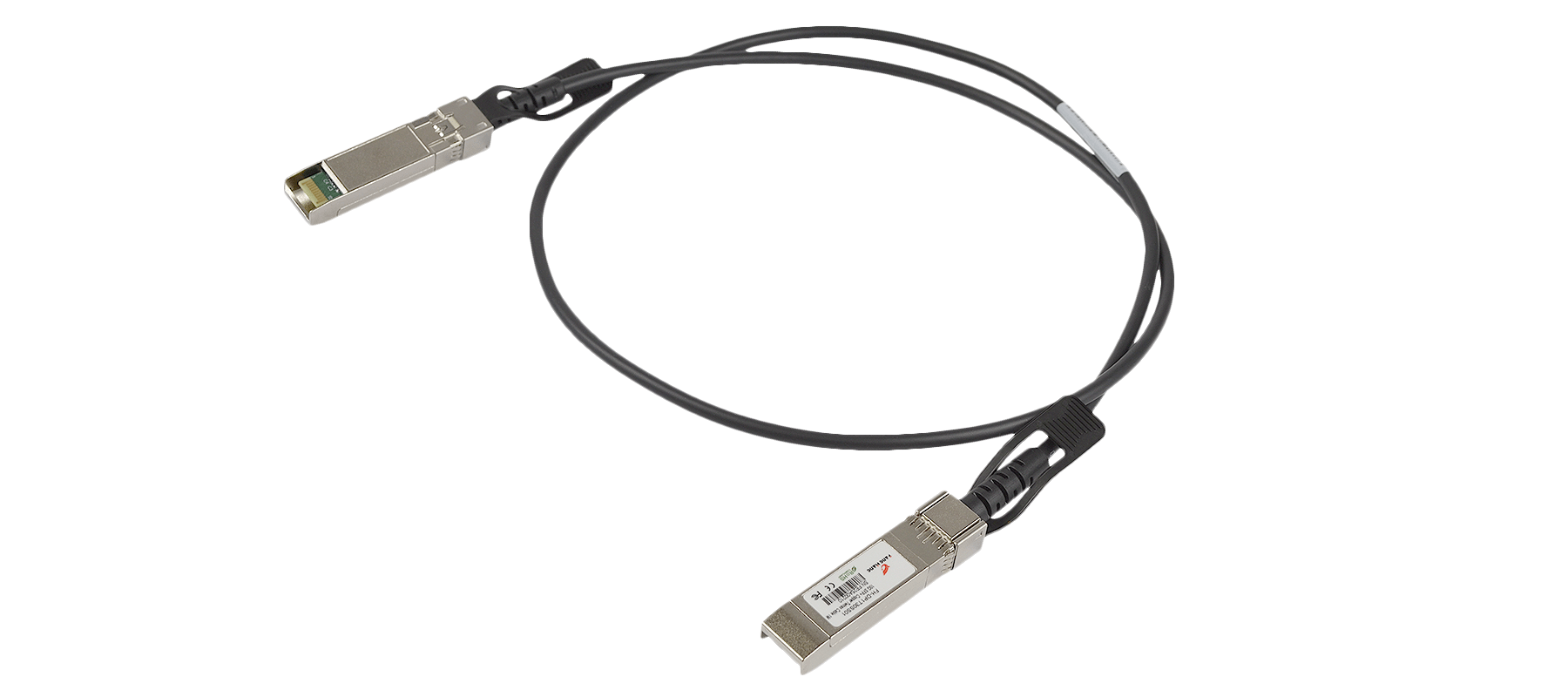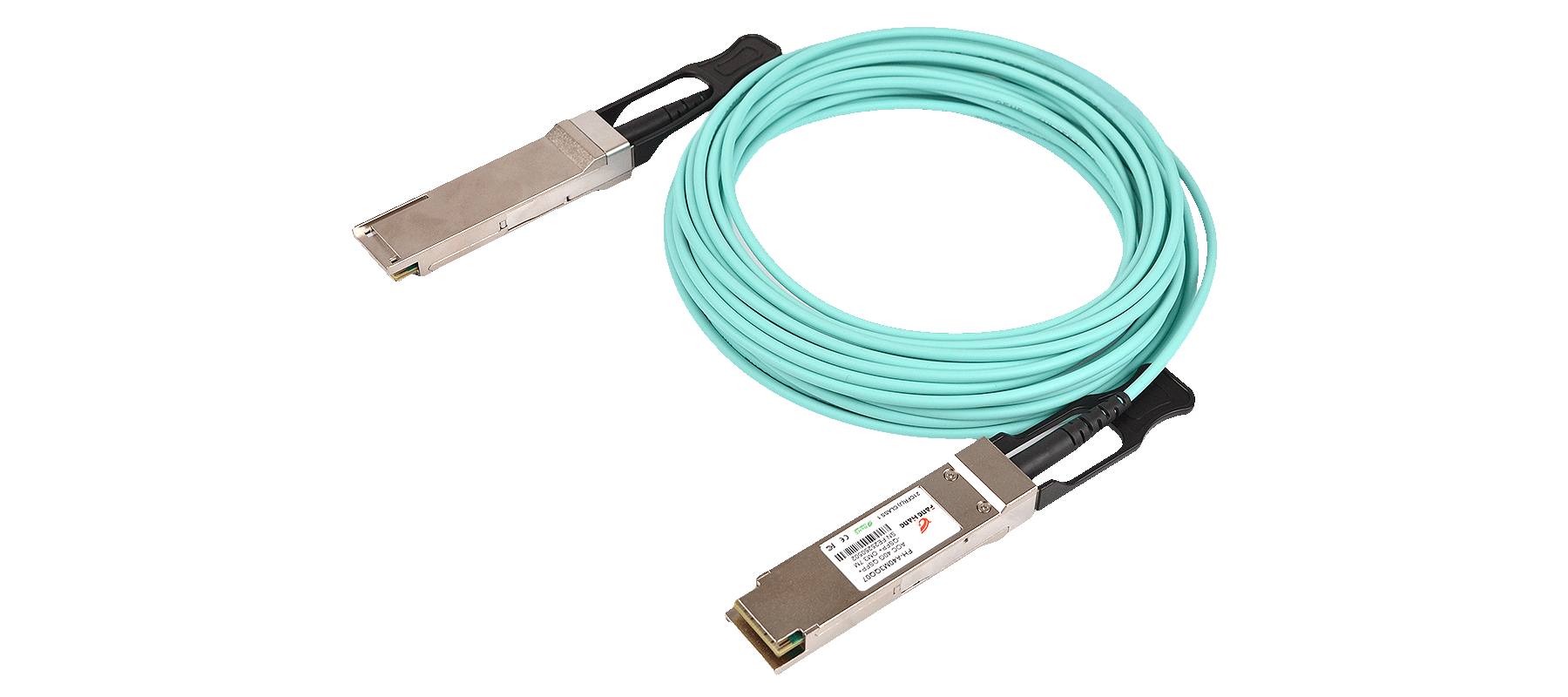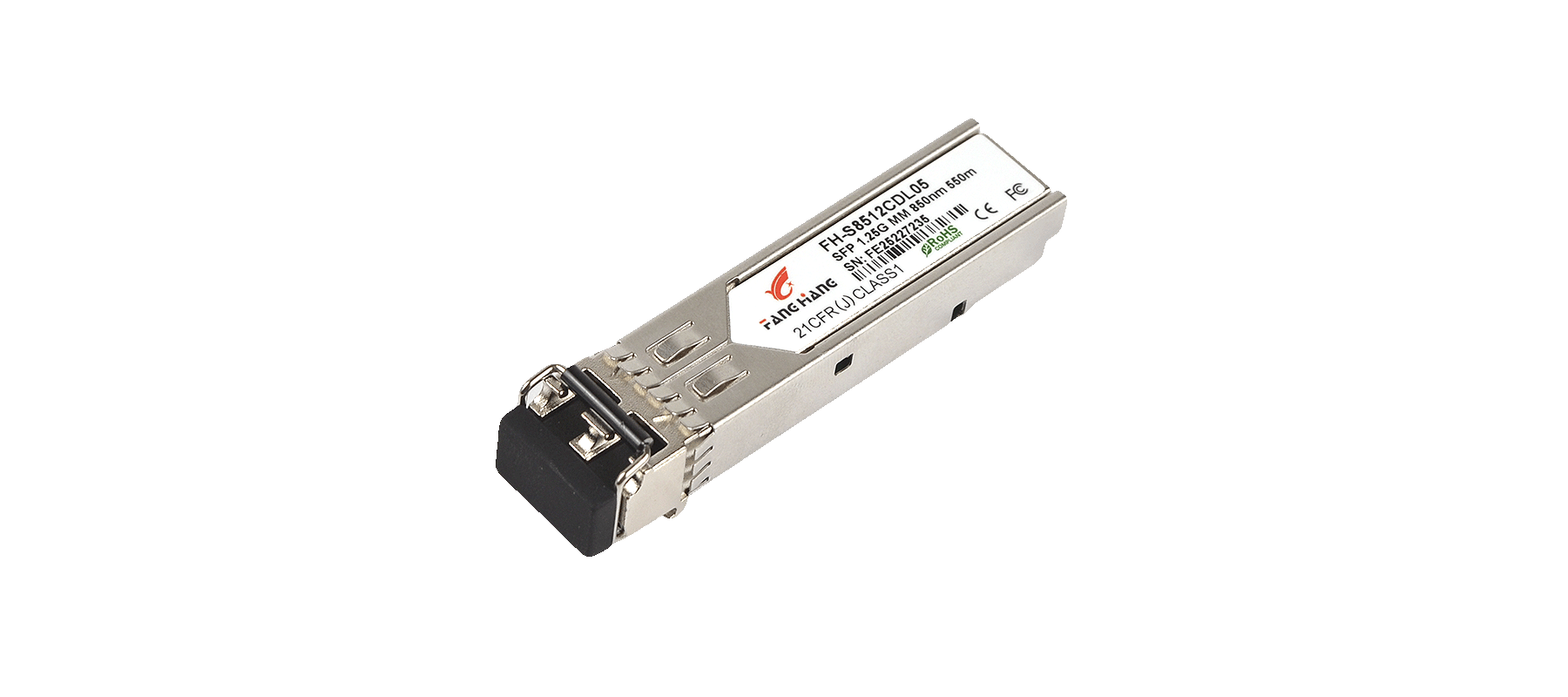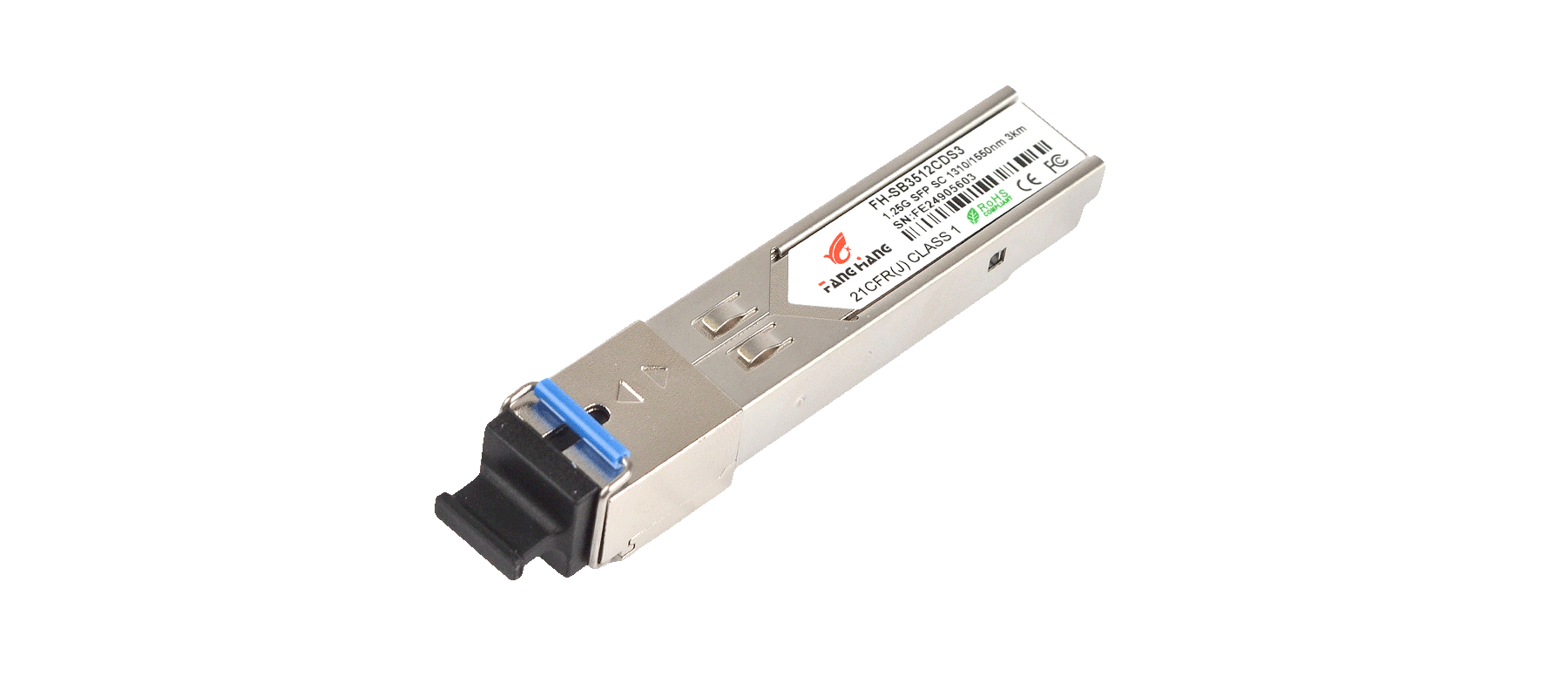Aggregation 10G/100G Switch MES7048
- Level:
- L3
- Bandwidth:
- 2.15 Tbps
- Interfaces:
- 48x10G SFP+, 6x100G QSFP28, 1xООВ
- Power supply:
- AC/DC, 2 hot-swappable power supplies


Description
MES7048 switches are high performance devices with 10GBASE-R, 40GBASE-SR4/LR4 and 100GBASE-SR4/LR4 interfaces that can be used as aggregation or transport switches in carrier networks and as Top-of-Rack or End-of-Row switches for data centers.
The device’s ports support operation at rates of 1 Gbps (SFP), 10 Gbps (SFP+), 40 Gbps (QSFP+) and 100 Gbps (QSFP28).
The non-blocking architecture guarantees lossless packet forwarding at wire speed with minimum and predictable delays for all types of traffic. The front-to-back cooling provides effective cooldown in modern data centers.
The redundant and hot-swappable fans and AC/DC power supplies along with advanced hardware monitoring functions provide high reliability and uninterrupted services.

Specifications
- Level:
- L3
- Bandwidth:
- 2.15 Tbps
- Stacking:
- up to 8 devices
- Interfaces:
- 48x10G SFP+, 6x40G QSFP+, 1xООВ
- MAC-table:
- 294 912
- ARP:
- 6 144
- Power supply:
- AC/DC
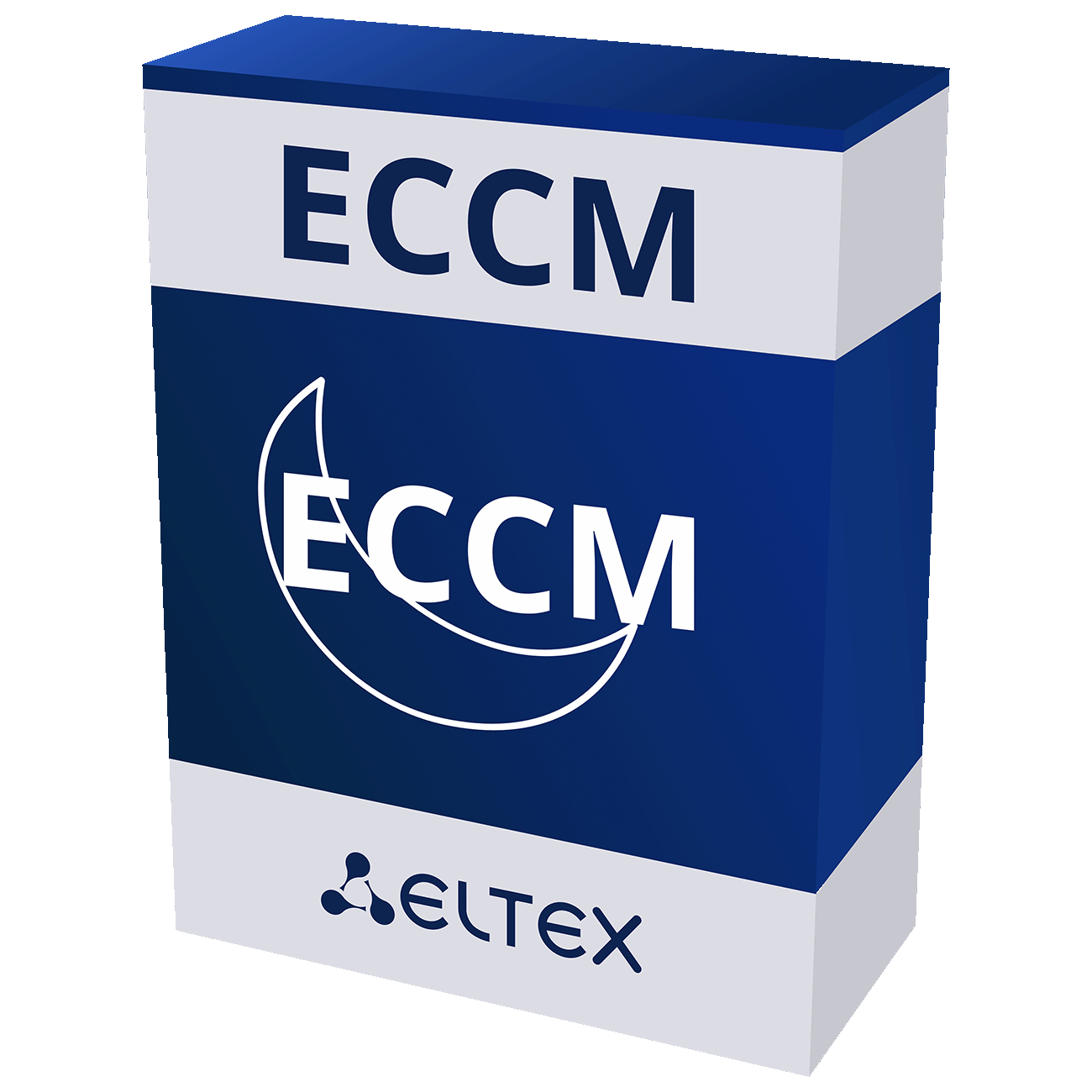
Related products



